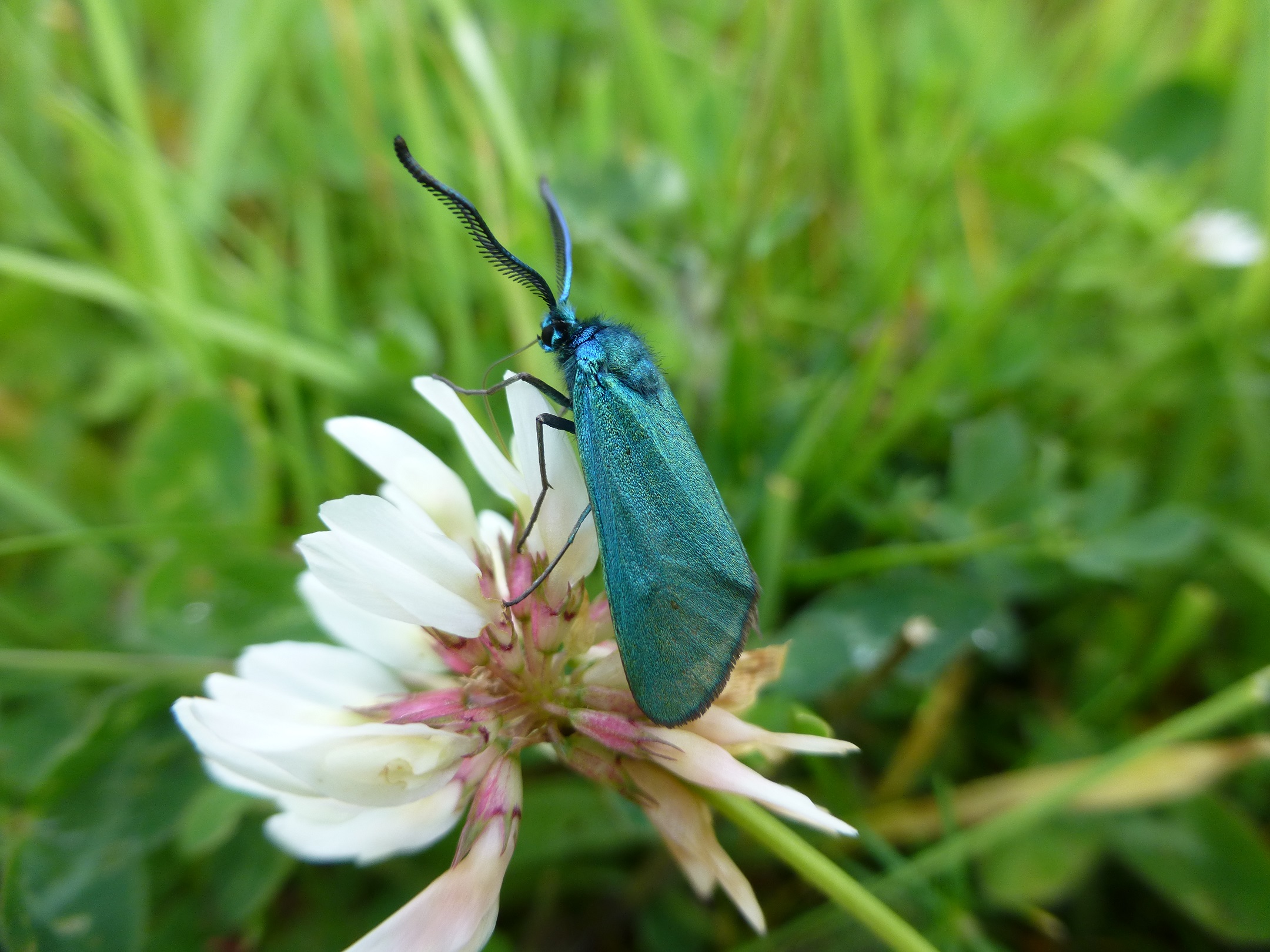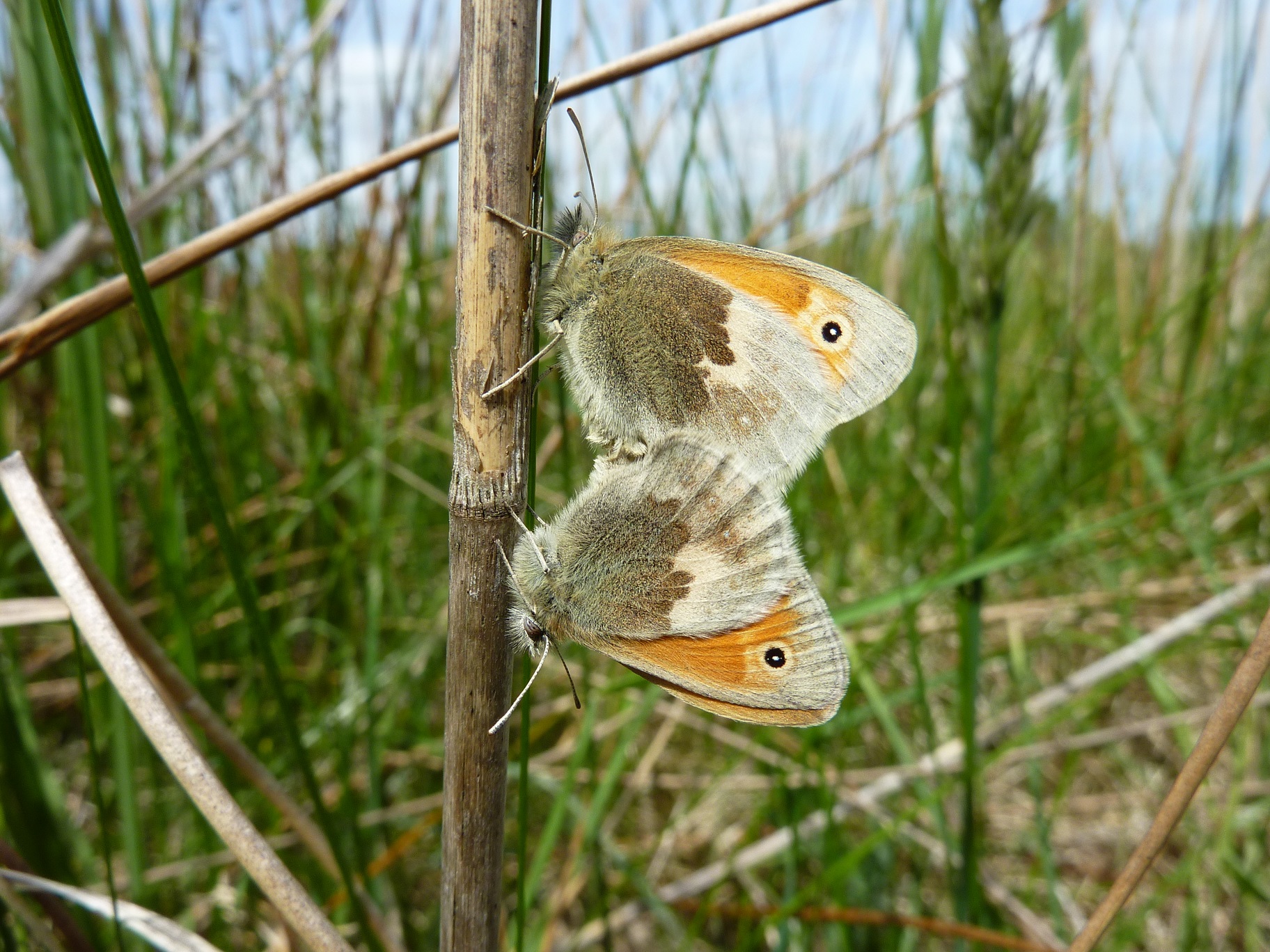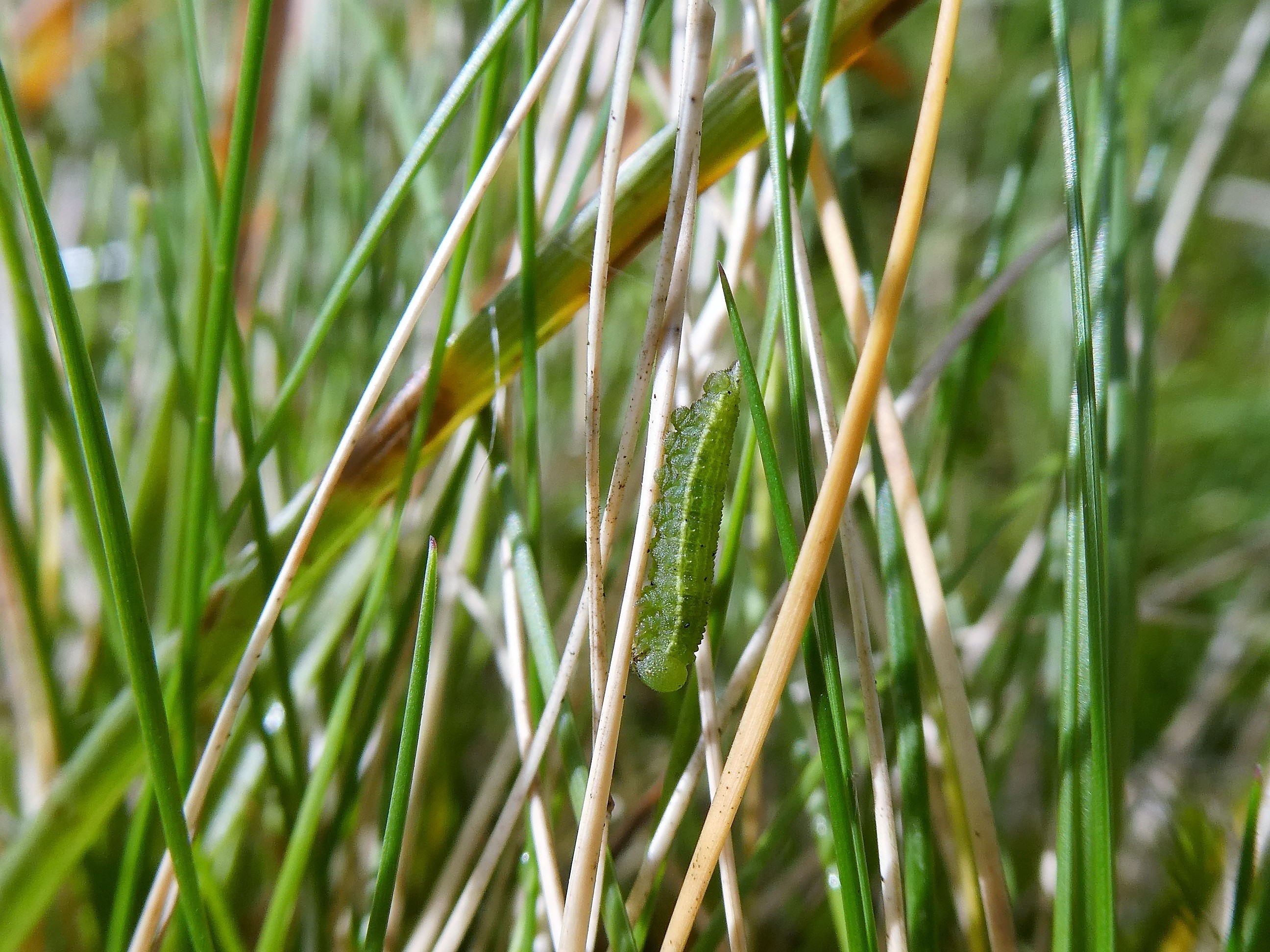Butterfly Conservation Ireland has lodged an objection to a planning application to build roads and other infrastructure to service a proposed solar farm on Drehid Bog, Timahoe, County Kildare.
While Butterfly Conservation Ireland does not object to the solar farm project itself, one of the proposed 5 metre wide roads is to be located on an existing track and an embankment that currently holds the site’s most important butterfly populations. The site is best-known by butterfly enthusiasts for holding the only known population of the Small Skipper butterfly. This butterfly breeds only on the embankment.
Some rare moths breed on this embankment. These include the day-flying Forester Moth rated “Endangered” and the day-flying Narrow-bordered Five-spot Burnet which is rated as “Vulnerable” on the Ireland Red List No. 9 Macro-moths Lepidoptera published by the National Parks and Wildlife Service.
The embankment on which the proposed road is to be constructed also holds breeding populations of Brimstone, Cryptic Wood White, Large White, Green-veined White, Orange-tip, Small Copper, Common Blue, Peacock, Small Tortoiseshell, Red Admiral, Marsh Fritillary (rated as Vulnerable on the Ireland Red List No.4: Butterflies 2010), Speckled Wood, Meadow Brown, Ringlet and Small Heath which is rated as “Near Threatened” on the Ireland Red List No.4: Butterflies 2010. Any widening on the track that opens out onto the embankment will remove habitat for the Green Hairstreak and the Large Heath rated “Vulnerable” on Ireland Red List No.4: Butterflies 2010. The Environmental Impact Assessment Report (EIAR) submitted with the application does not refer to these species. Based on the EIAR submitted by the applicants and our records, Butterfly Conservation Ireland believes that a thorough study of the site’s Lepidoptera was not carried out.
Regarding birdlife, the red-listed Meadow Pipit and amber-listed Eurasian Skylark and Stonechat also breed on the embankment on which the access road is proposed to be built. A range of more common birds breeds on the embankment, particularly Grasshopper Warbler and Common Whitethroat. Unnecessary removal of habitat will impact on all these species.
There are many alternative locations on the bog for the proposed road. These will have much less impact on the site’s biodiversity. We are planning to meet with the consultants who prepared the EIAR to attempt to ensure that the area’s biodiversity does not suffer avoidable losses. We hope to be able to report a positive outcome.




